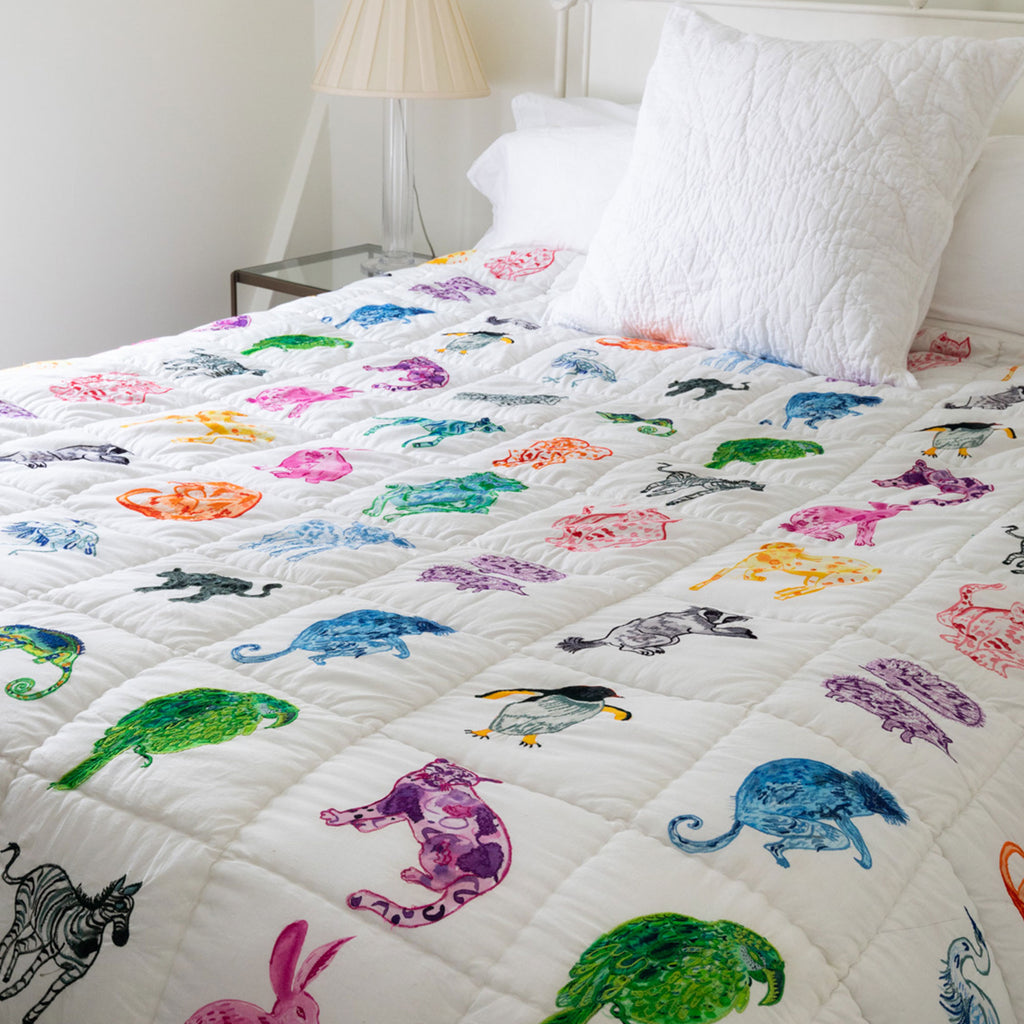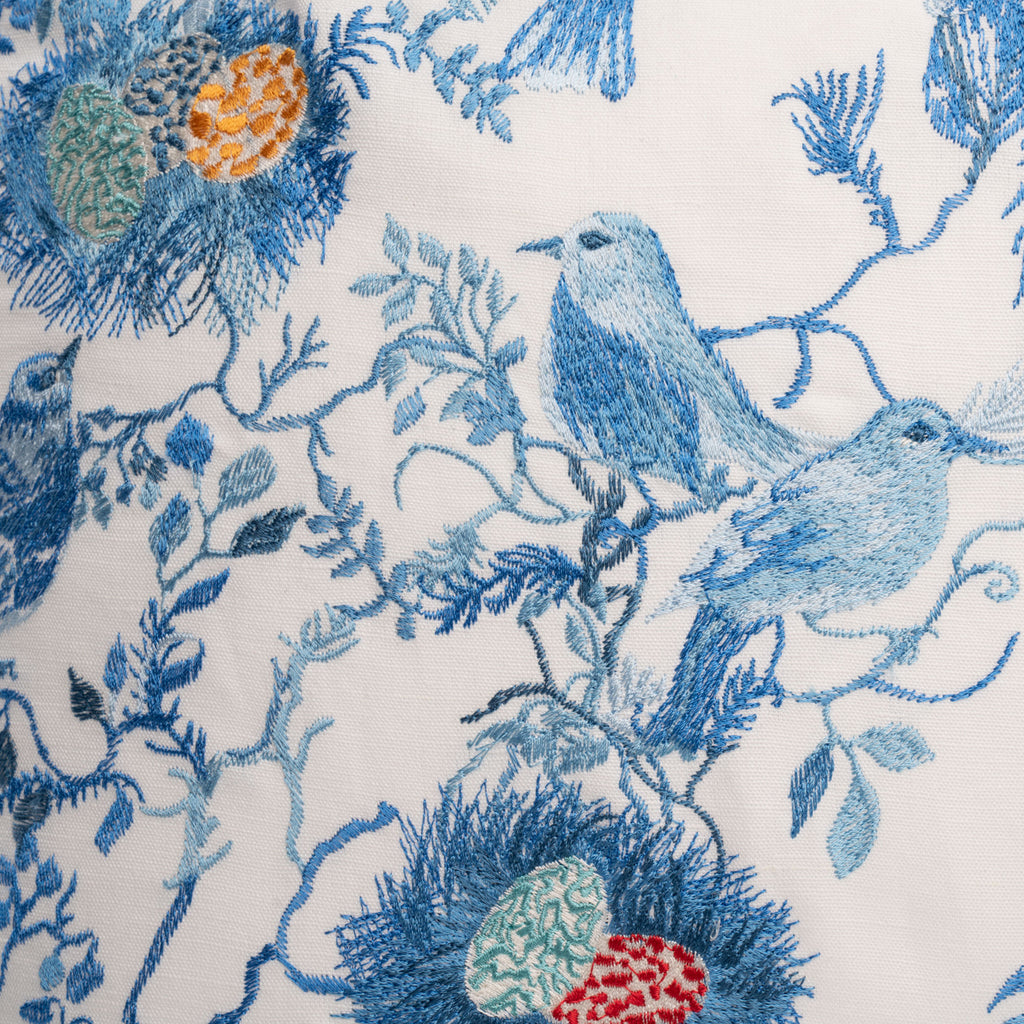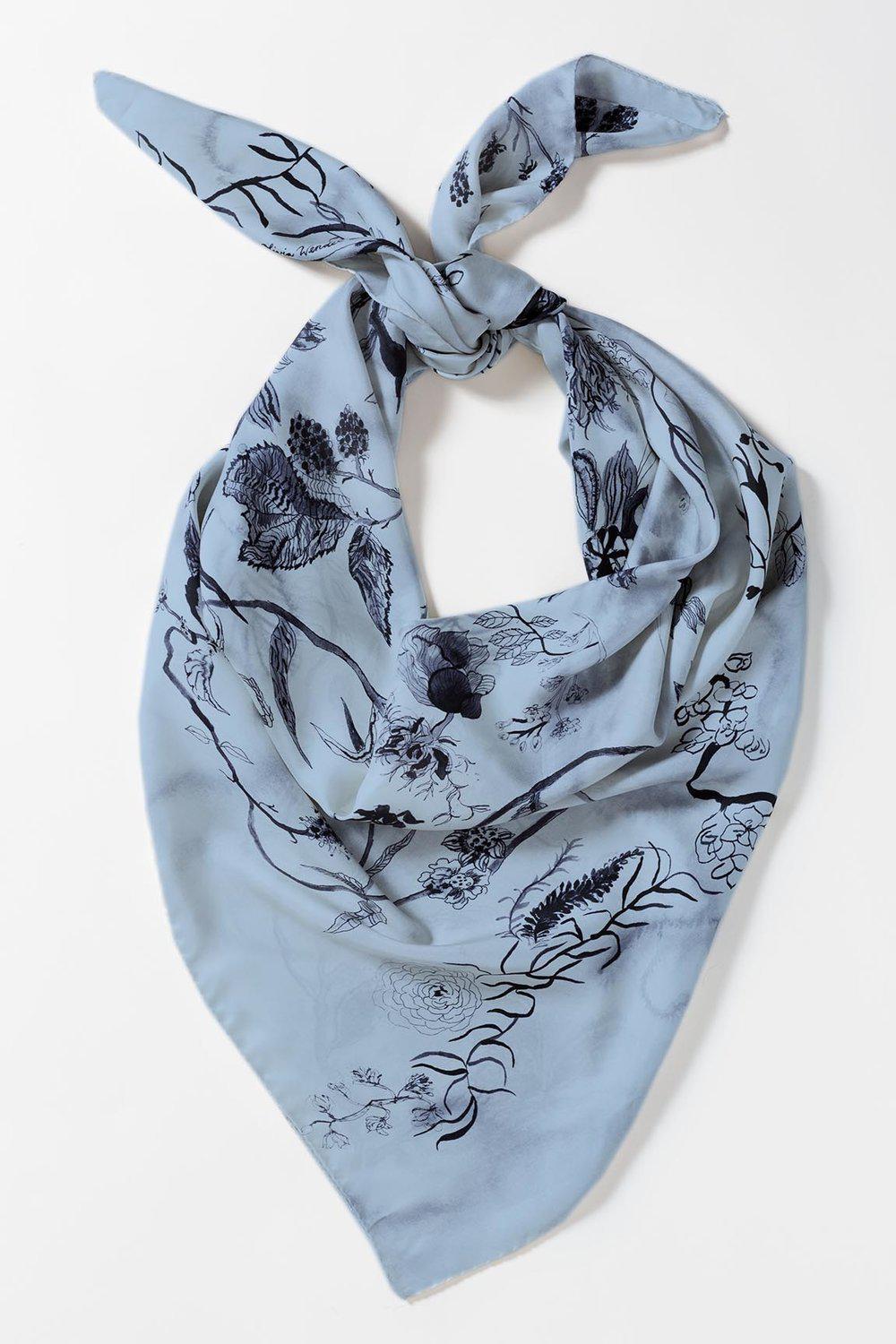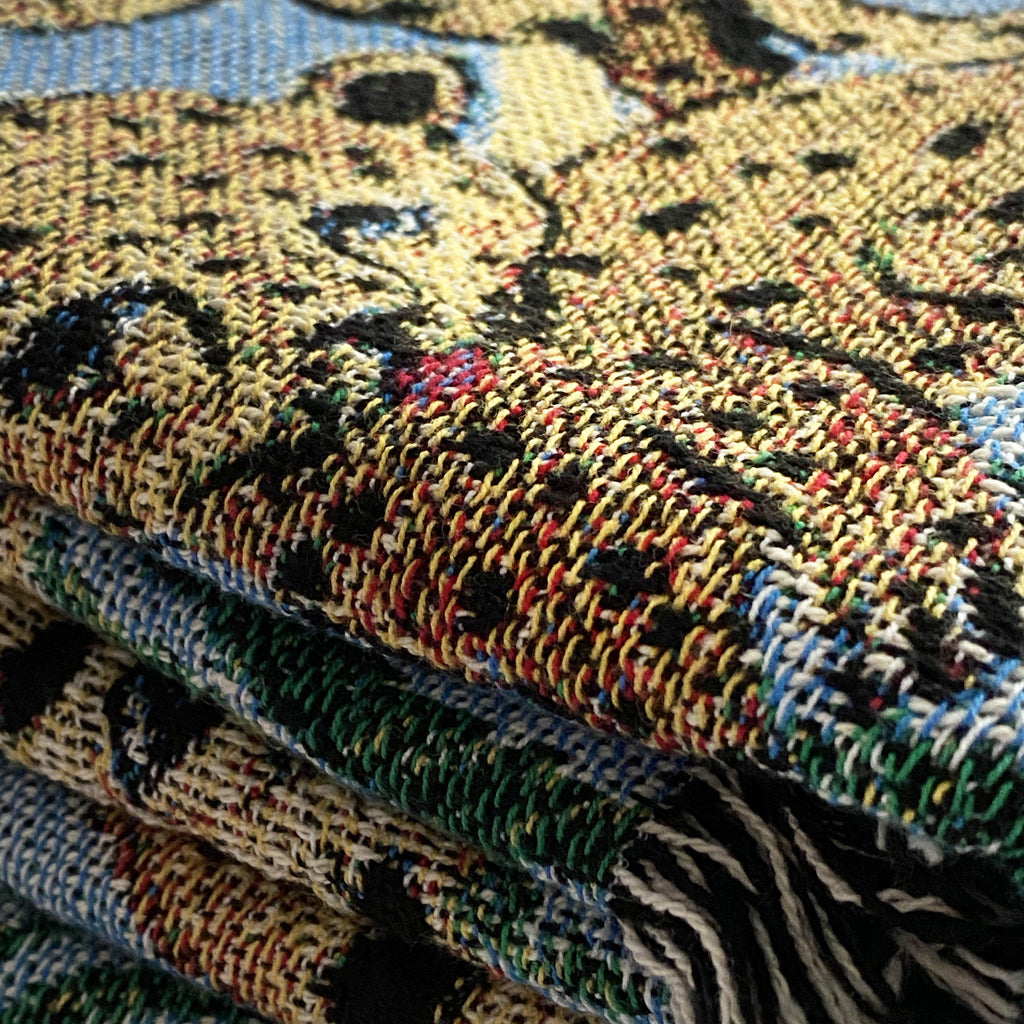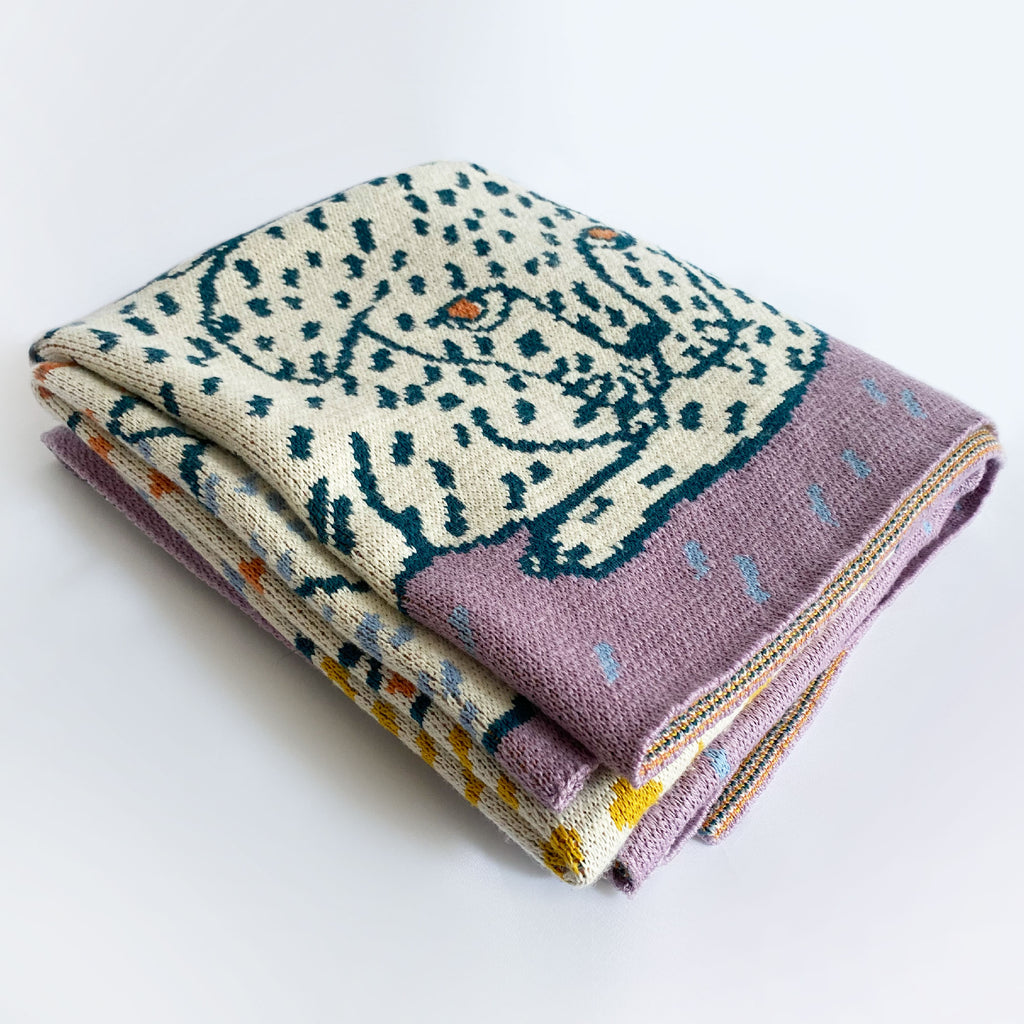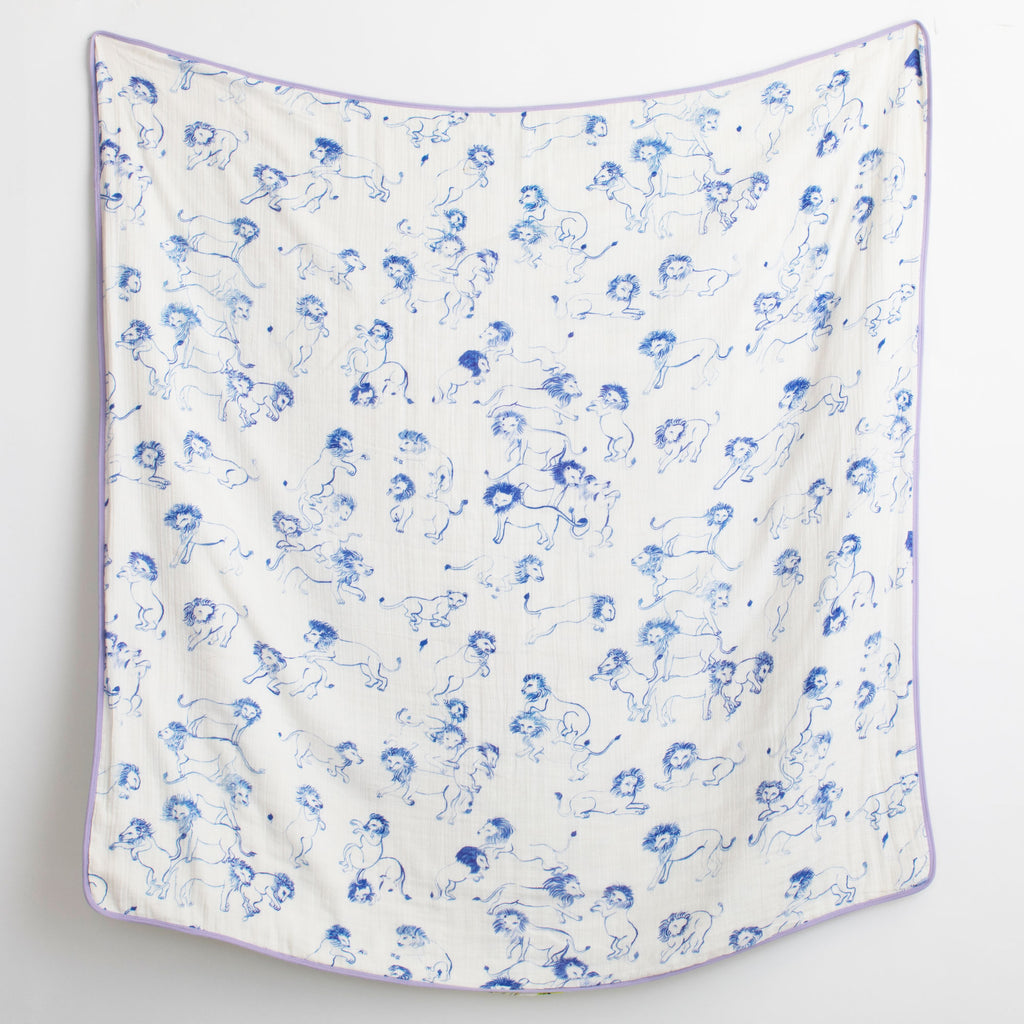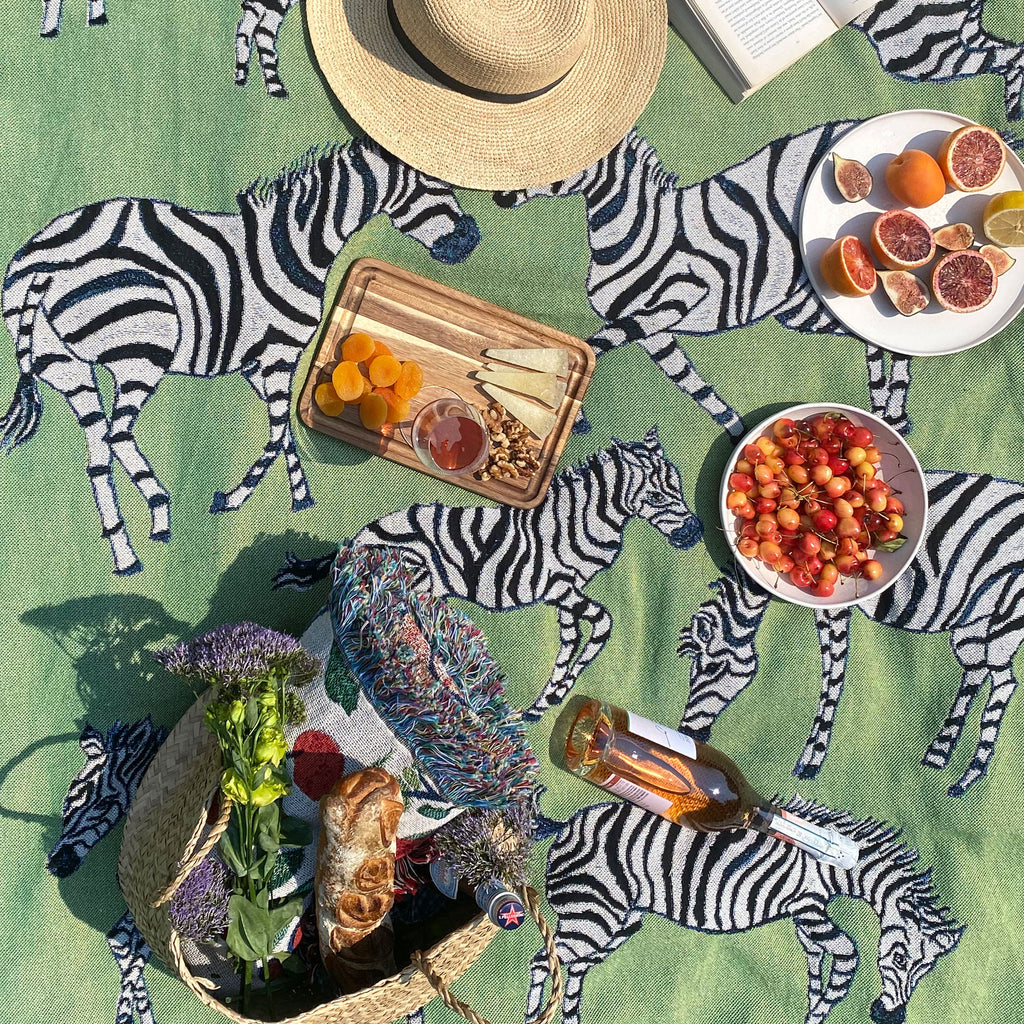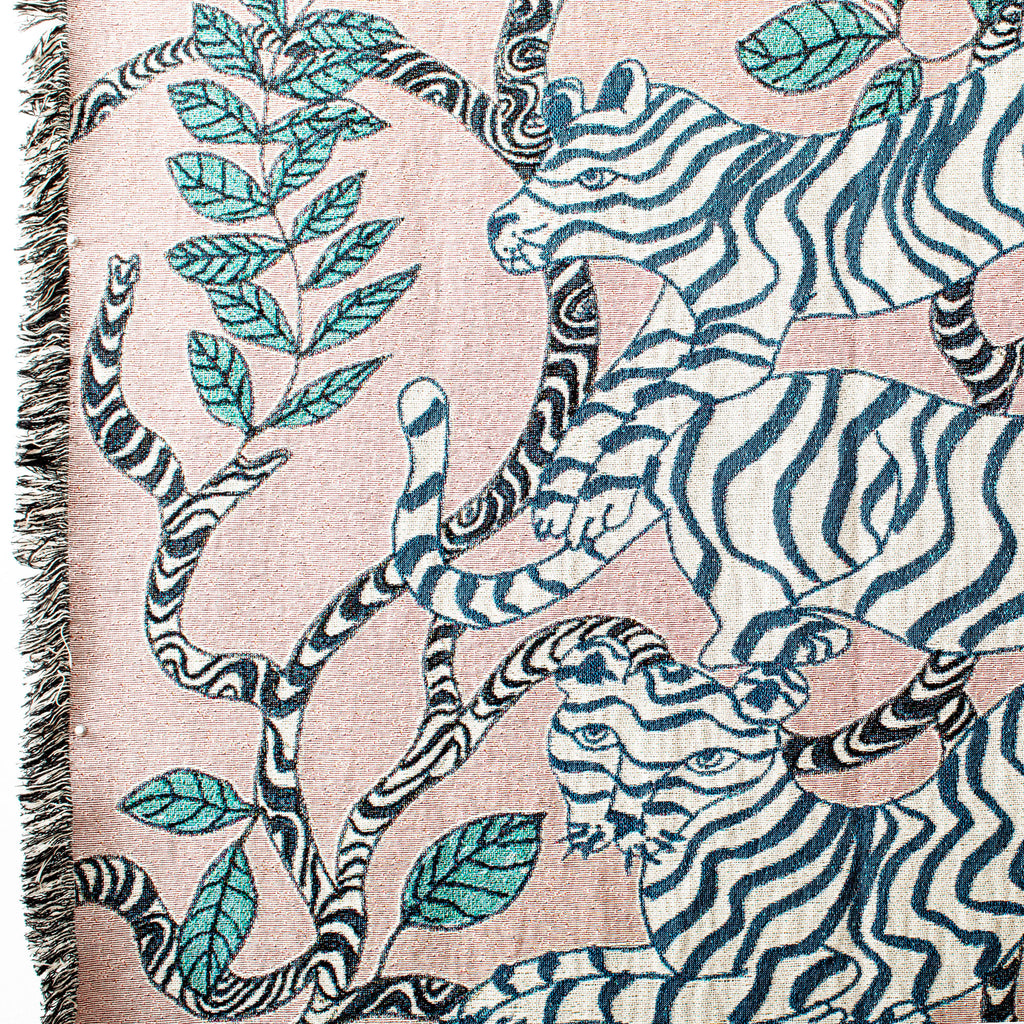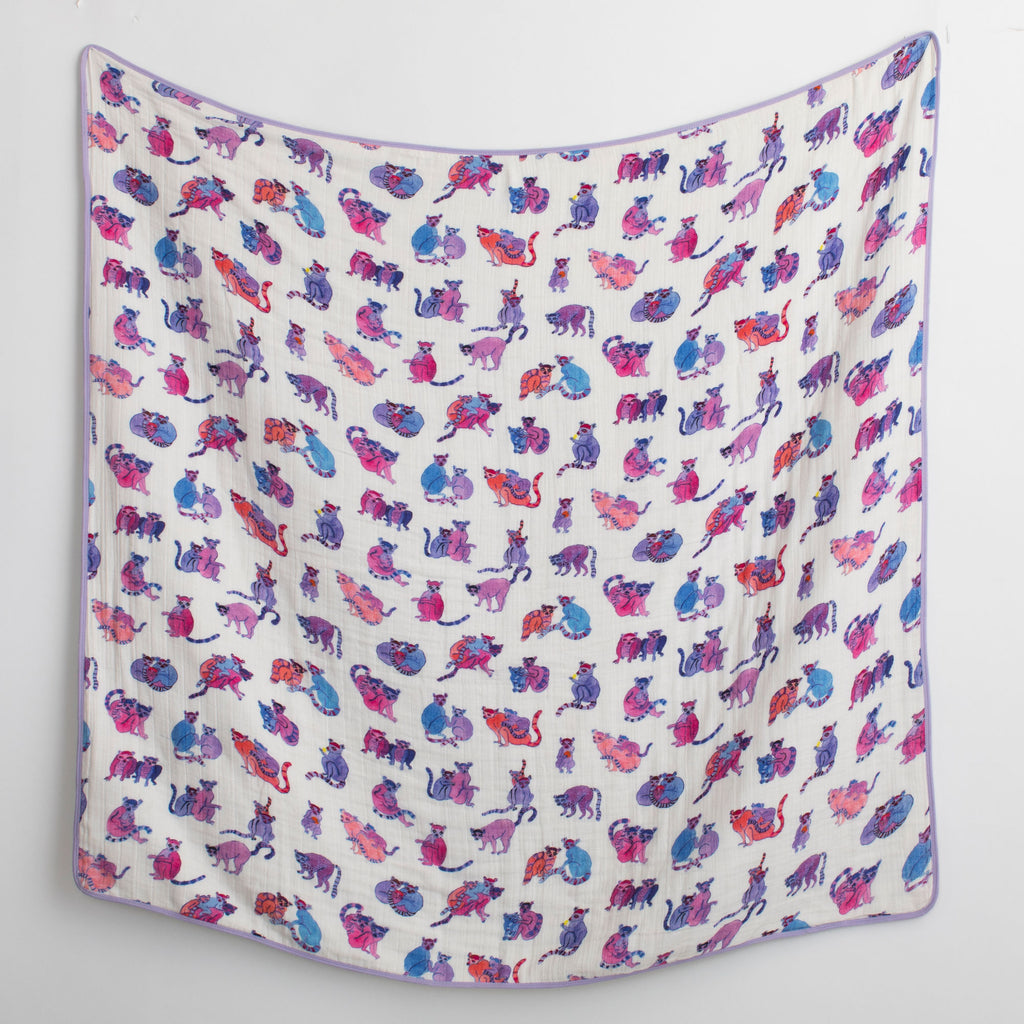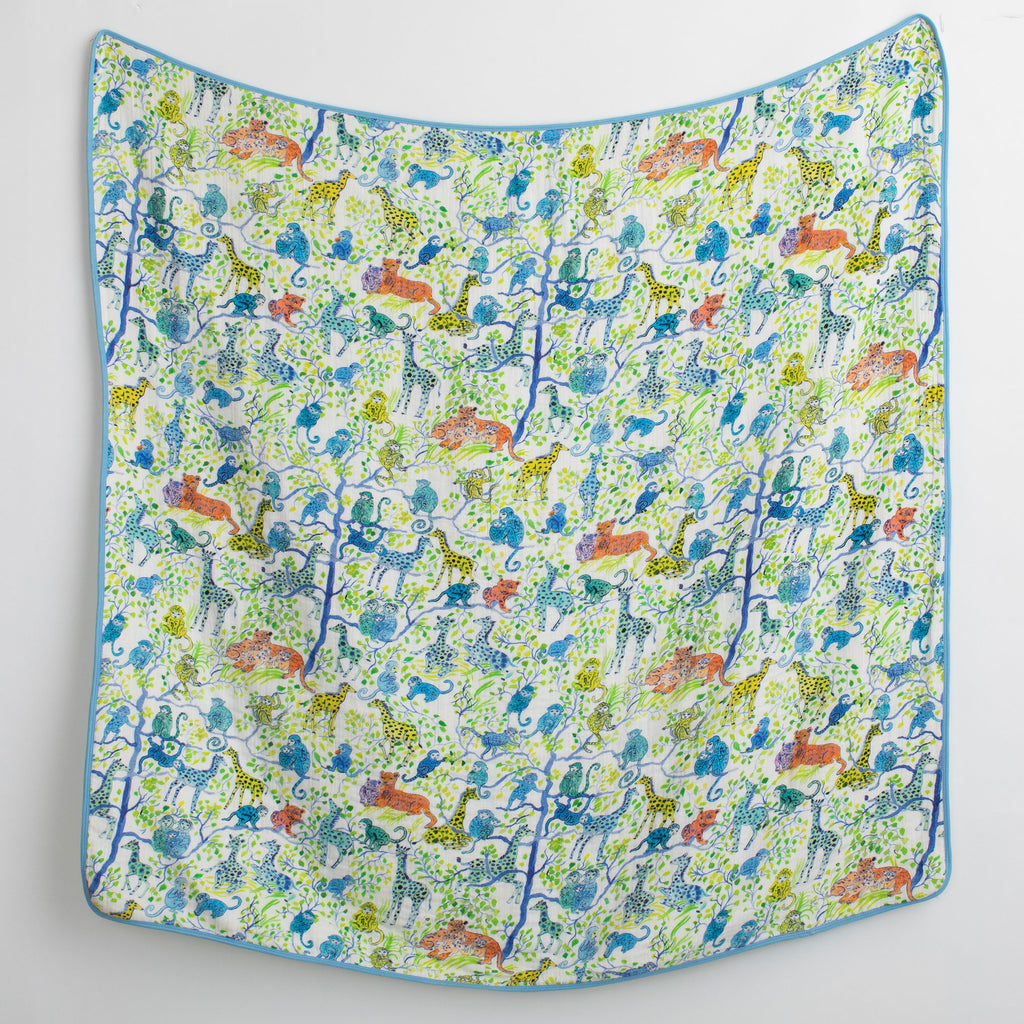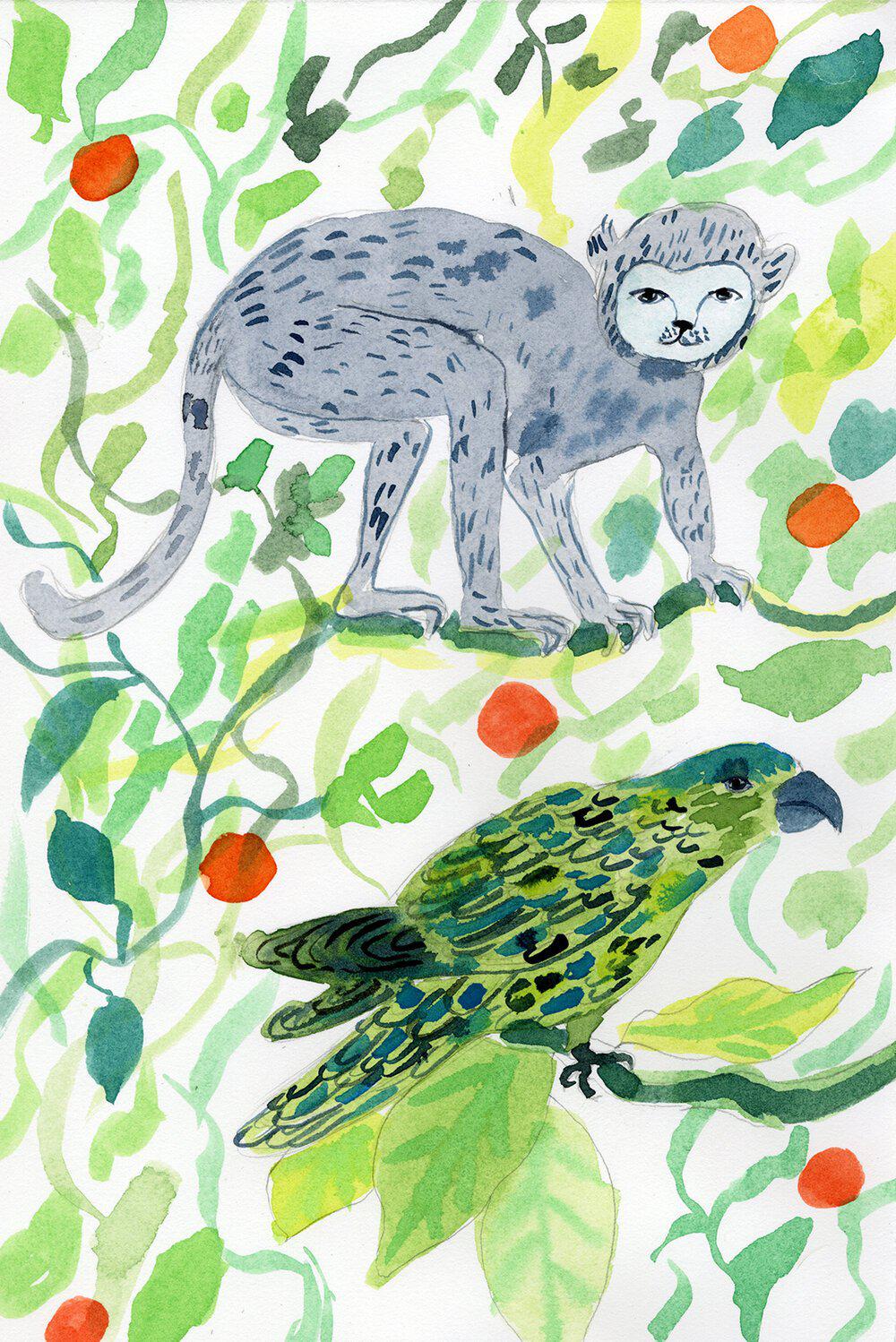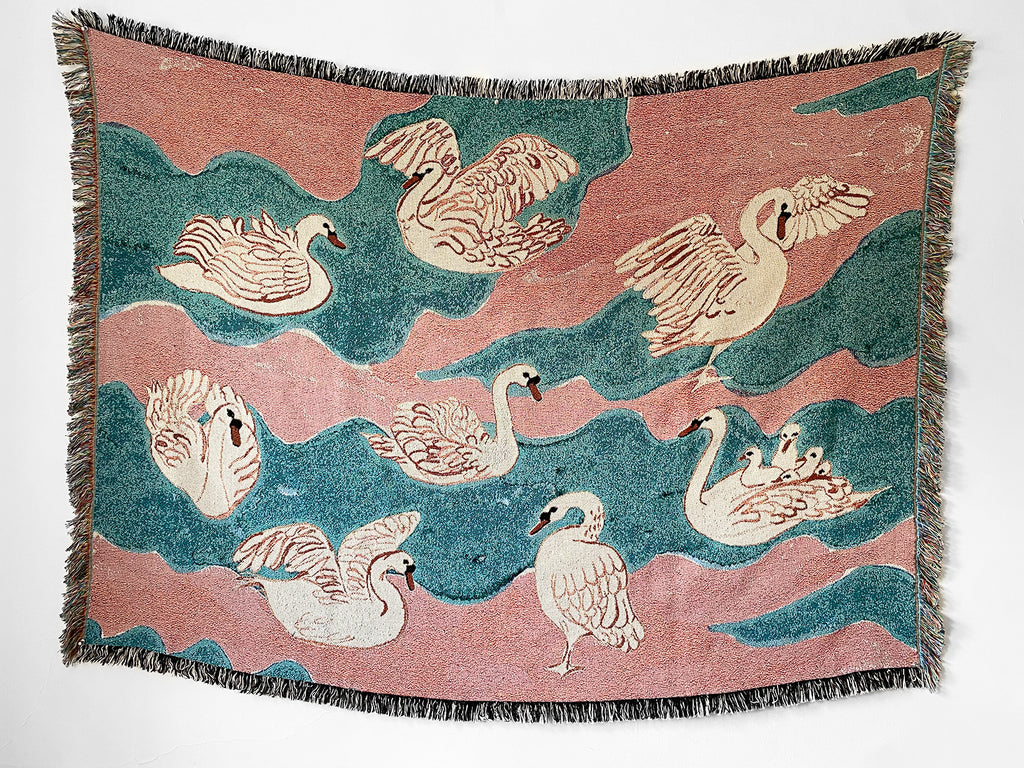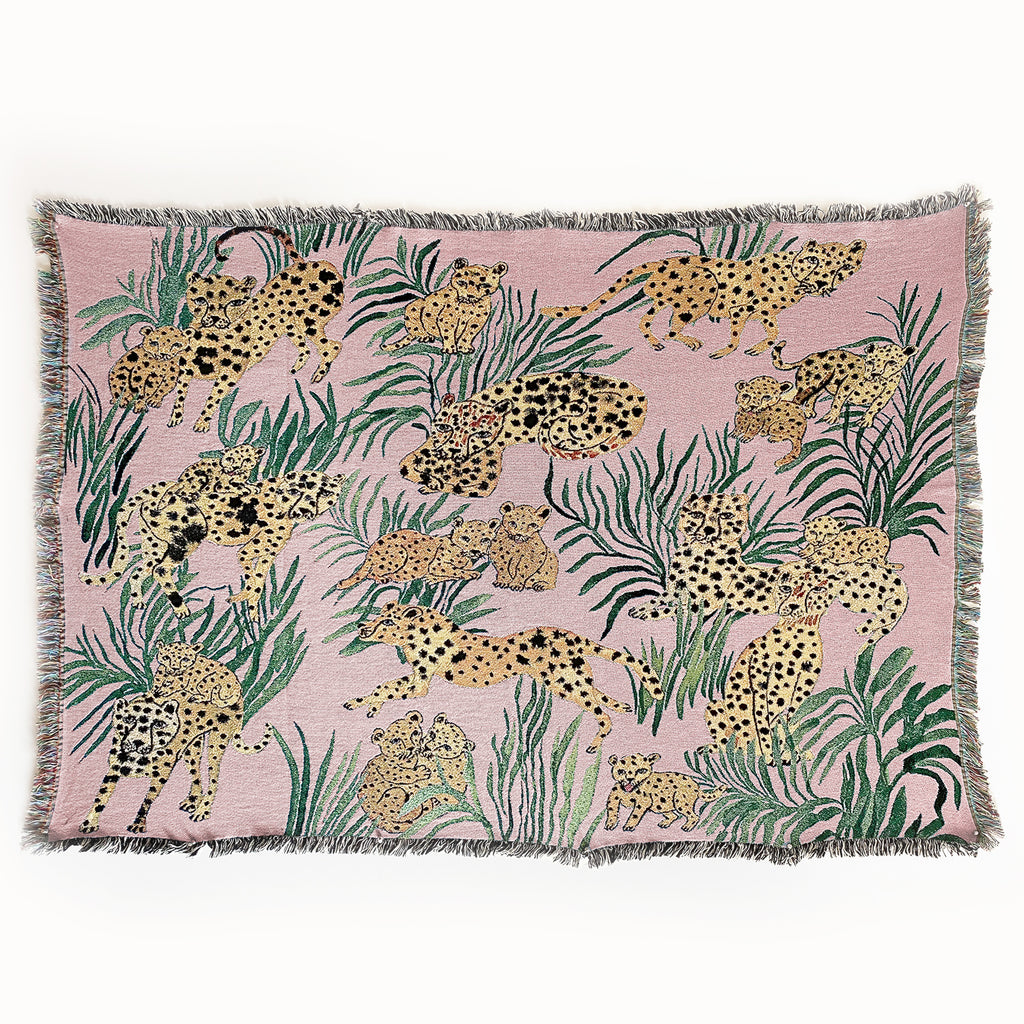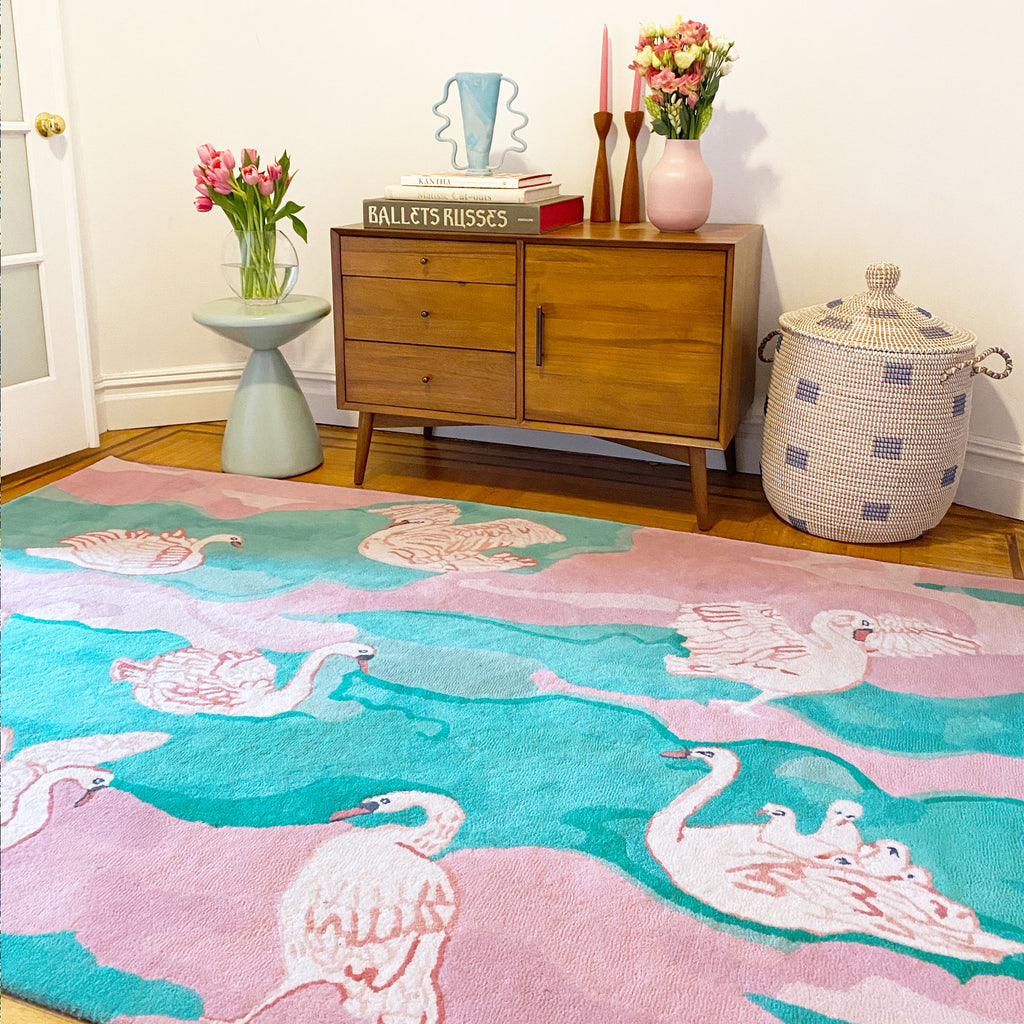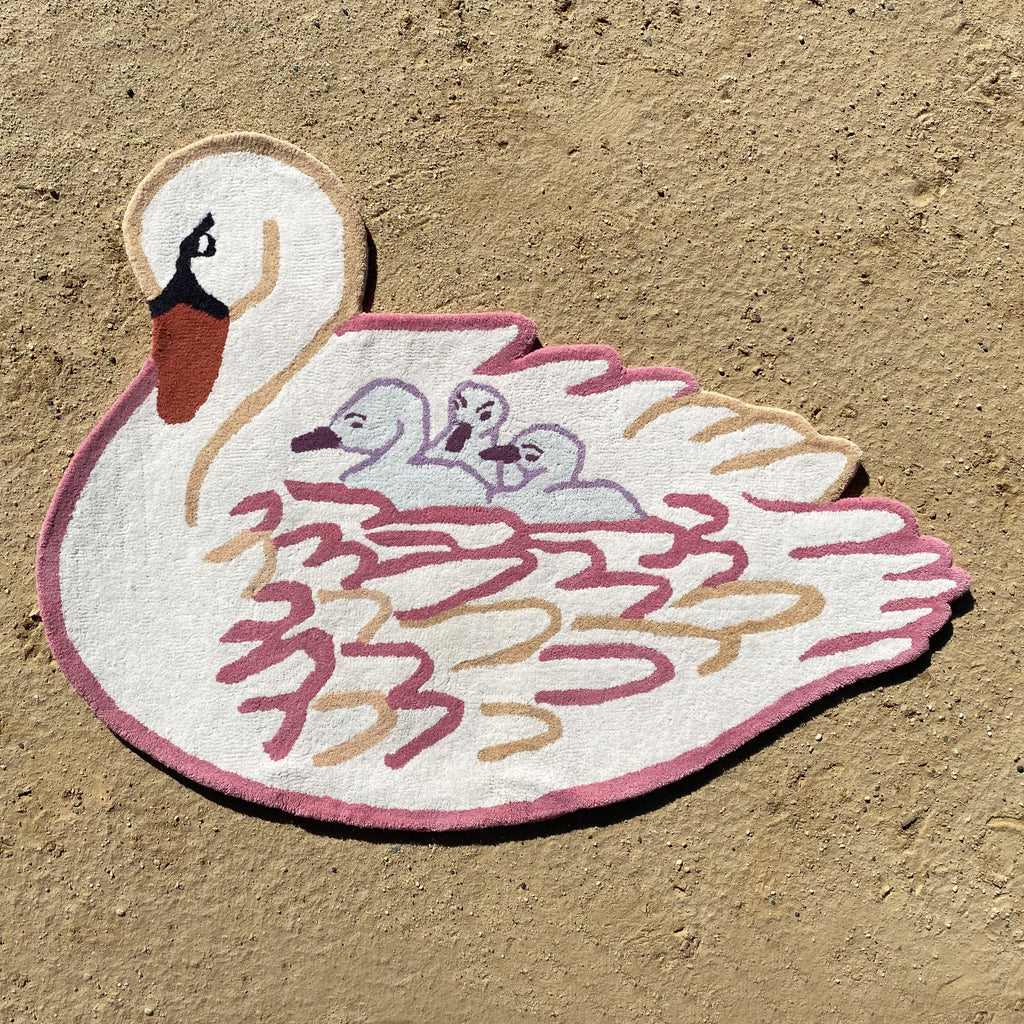Wondering how to hang plants from ceiling securely and stylishly? This guide covers the best methods, tools, and tips to help you do it right. Whether you're a seasoned plant enthusiast or a beginner looking to add some greenery to your living space, hanging plants can transform your home decor.
From understanding the different types of ceiling hooks to choosing the right plants and ensuring they receive proper care, this comprehensive guide will walk you through every step.
Get ready to elevate your interior design and create a lush, vibrant atmosphere with hanging plants!
Assessing What is Your Plant's Needs?
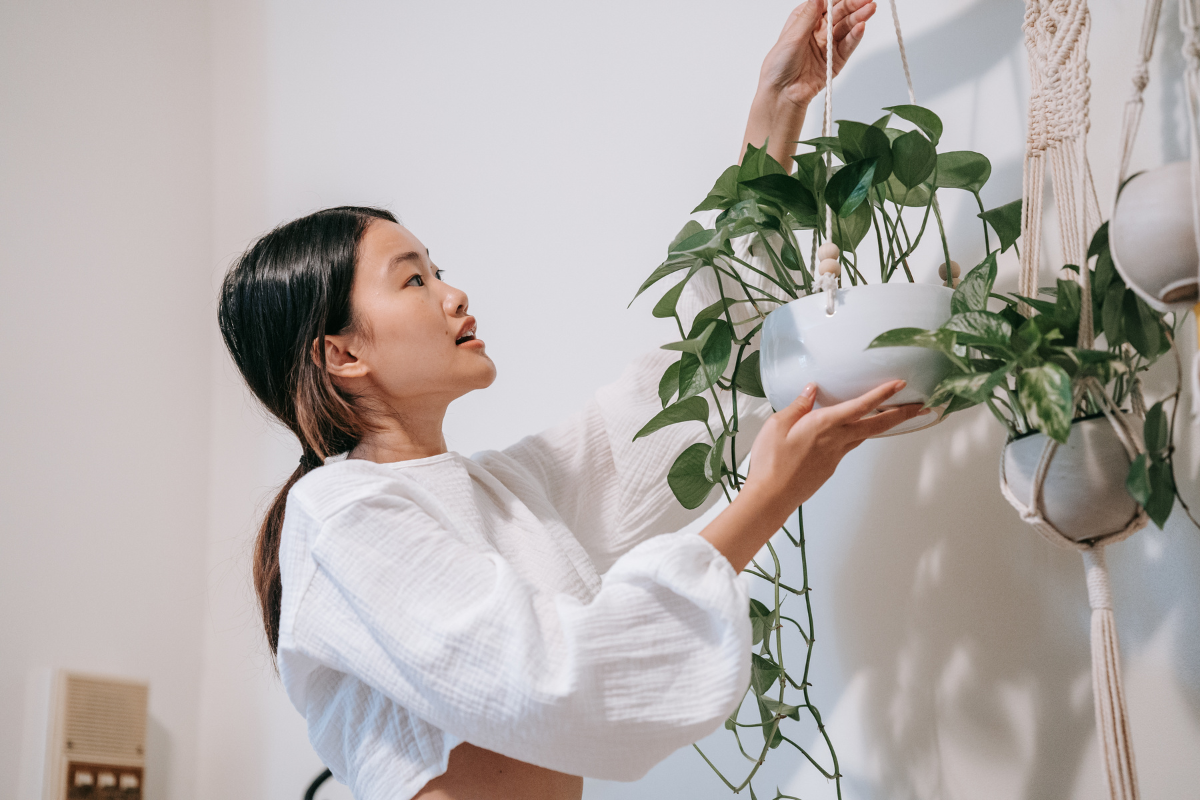
Understanding the specific needs of your plants is the first step before hanging them from the ceiling. Each plant type has its own requirements for care and support, which will influence the hanging method you choose.
Begin by determining the weight of your plant. This will help you select the appropriate hook and ensure that your ceiling can support the weight without damage.
Measuring the weight of your plant is a key step. Use a reliable scale to measure the weight of both the plant and its planter.
This will guide you in choosing the right s hook with an adequate weight rating. Remember, the support needs to be strong enough to hold the plant securely, so always consider the weight capacity of the hooks you plan to use.
Also, take into account the type of ceiling you have. Different ceilings require different hanging methods, so ensure that your chosen method is compatible with your ceiling type.
With these factors in mind, you’re ready to move on to selecting the perfect hanging method for your plants.
Choosing the Right Hanging Method
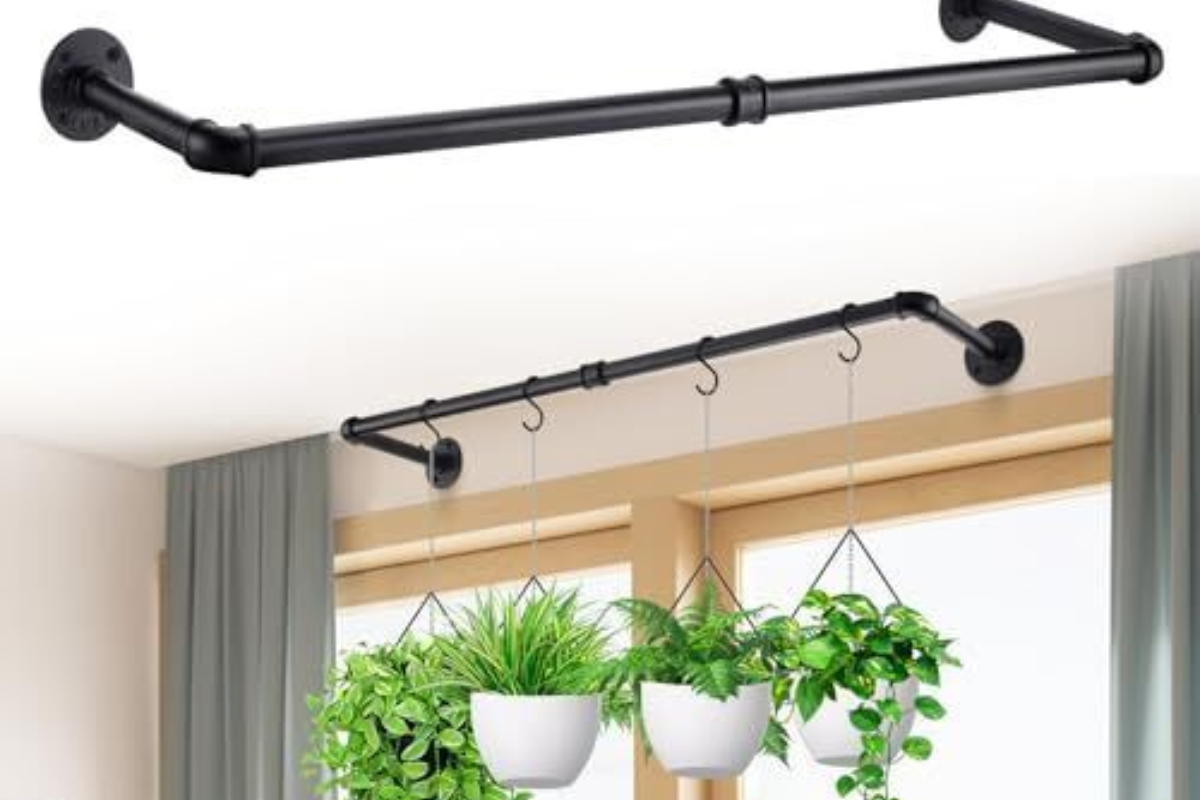
When it comes to hanging plants from the ceiling, there are several methods to choose from, each with its own advantages. Whether you want to avoid drilling or need a versatile solution, there’s a method that fits your needs.
Swag hooks, adhesive hooks, tension rods, magnetic hooks, and C-clamps are all viable options for different scenarios.
Choosing the appropriate size and type of hook is vital for securely hanging your plants. Exploring these methods in detail will help you find the best solution for your home.
Swag Hooks
Swag hooks are a great choice for hanging plants when ceiling joists are not easily accessible. These hooks distribute weight across a larger area, offering a sturdy solution. A 5/8 inch drill bit is needed to install a swag hook.
These hooks are perfect for hanging plants like Burro’s Tail or String of Pearls, which have trailing stems that can grow beautifully from a hanging basket.
Adhesive Hooks
For those avoiding drilling, adhesive hooks are the perfect choice. These hooks can hold up to one pound, making them suitable for lightweight plants. Make sure adhesive hooks can hold securely without sliding off when turned 90 degrees.
These hooks are ideal for small hanging planters and are available at a local hardware store.
Tension Rods
Tension rods provide an excellent way to create hanging spaces between walls without drilling. Ensure that the walls are close enough to support the rod, which should be at least two inches longer than the intended span.
Standard shower tension rods, supporting 10 to 30 pounds, are suitable for various hanging plants.
Magnetic Hooks
Versatile magnetic hooks can be used on any clean metal surface for optimal grip. These hooks come in materials like stainless steel, nickel, and bronze, offering both functionality and style.
They can be attached using metal plates, bolts, or fasteners, making them an excellent choice for hanging plants in spaces with metal beams or structures.
C-Clamps and Bar Clamps
C-clamps and bar clamps are perfect for hanging heavier plants without drilling. C-clamps can support up to 50 pounds and are typically used with beam widths of 6 to 8 inches. To protect the exposed beam, use clamp jaw pads or thick rubber squares.
Bar clamps are adjustable and can be used to hang plants close to the ceiling, accommodating various plant sizes and shapes.
Installing Your Chosen Hanging System

Once you’ve selected your hanging method, it’s time to install it. Gather all necessary tools such as drill bits, toggle bolt, and stud finders to assist in the installation.
Mark the ceiling locations for hooks or supports, ensuring they are evenly spaced. This ensures a balanced and aesthetically pleasing display.
Tools and Materials Needed
A successful installation requires a drill, ceiling hook kit, and protective eyewear. A stud finder is crucial for locating ceiling joists to secure hooks to a stable structure.
Drill pilot holes using bits smaller than the screw size. For heavier plants, use spring-loaded metal toggles and lock washers for added security.
Marking and Drilling Pilot Holes
Begin by locating the ceiling joist with a stud finder. Mark drilling spots and ensure alignment with a level. Create snug pilot holes with a drill bit slightly smaller than the screw size. For hollow drywall, a 1/8 inch bit is typically sufficient.
While tightening a toggle screw, pull down on the bolt to prevent it from spinning.
Securing Hooks and Supports
To install a swag hook, start by screwing the clip onto one end, then attach the hook on the other end. Pinch the clip, insert it through the pilot hole, and tighten until flush with the ceiling.
If you’re using drywall, a hinged clip can anchor the hook securely. Ensure hooks are flush against the ceiling to prevent wobbling.
Selecting Suitable Plants for Ceiling Hanging
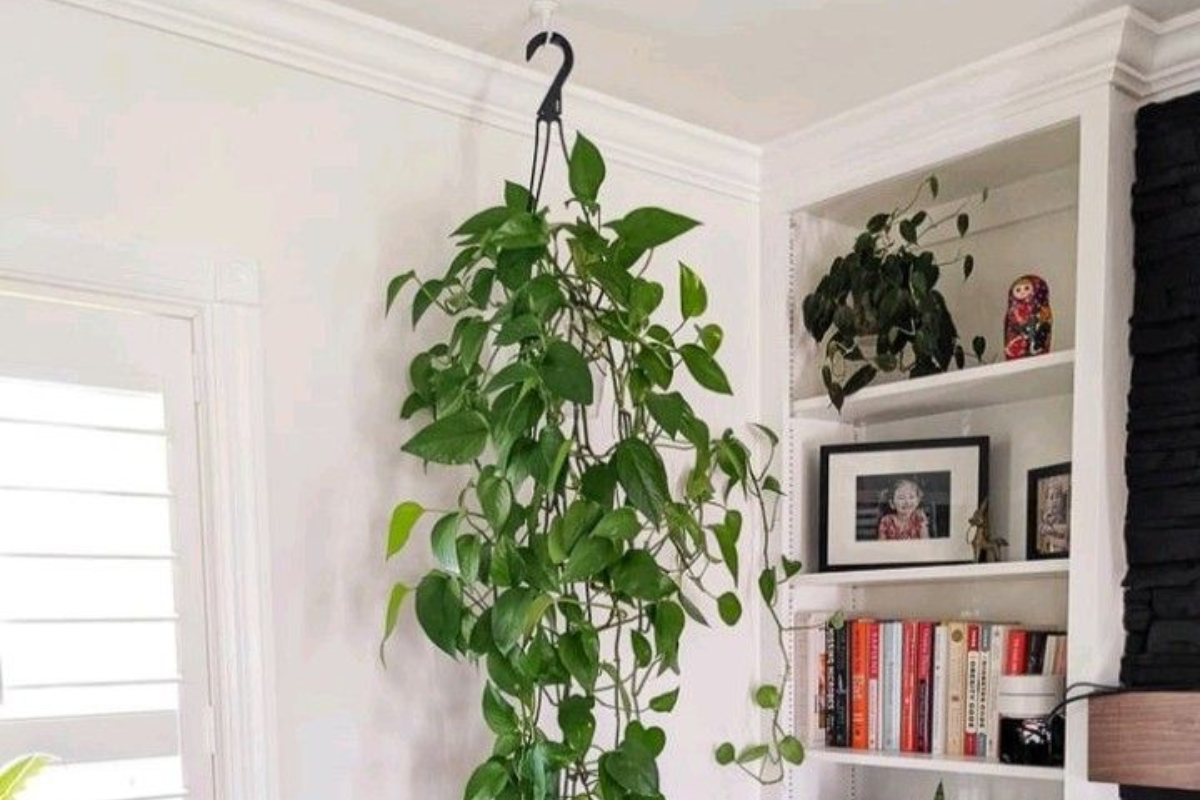
Selecting suitable plants for ceiling hanging ensures they thrive and look beautiful. Take into account the weight and visual appeal of your chosen plants. Lightweight and adaptable plants are easier to hang and require less support. Trailing plants are ideal for hanging pots, growing downwards gracefully to enhance your space’s aesthetic.
Hanging baskets often need more frequent watering than ground plants, especially in hotter months. Tiered planters let you showcase multiple plants in a compact space, ideal for small areas.
Choose plants that fit your watering routine, as some require more frequent attention. Cache pots can contain excess water, reducing mess during watering.
Best Lightweight Plants
Lightweight options like Burro’s Tail and String of Pearls are excellent for those new to hanging plants. These succulents have trailing stems and minimal weight, making them ideal for hanging arrangements.
Other great lightweight choices include English ivy, heartleaf philodendron, and spider plants, all well-suited for hanging planters.
Soil-Free Options
Soil-free planting methods like Kokedama reduce the weight of hanging plants and minimize maintenance. Kokedama involves wrapping a soil ball in moss, creating a unique and lightweight hanging plant that requires regular watering.
These options offer both aesthetic and practical benefits for your hanging garden.
Maintaining and Caring for Hanging Plants
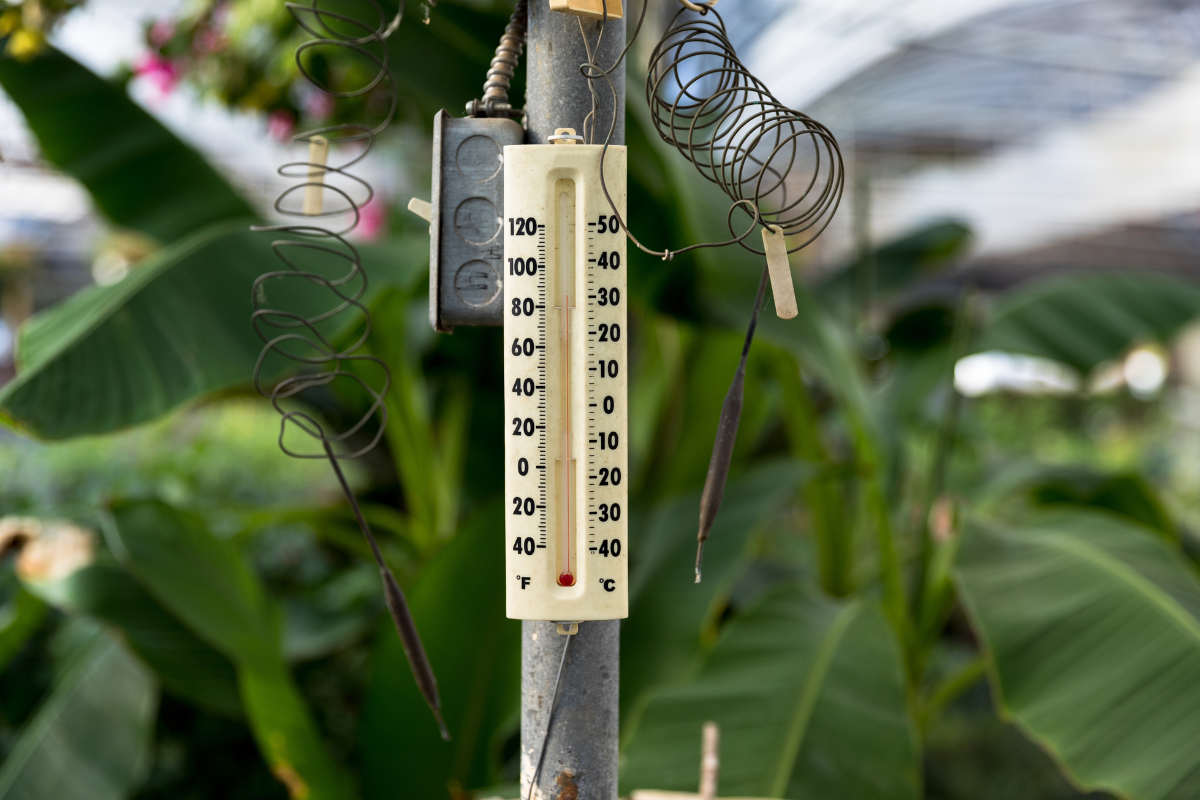
Specific techniques are required to keep hanging plants healthy and vibrant. Watering is a crucial aspect. Water hanging plants thoroughly until liquid drains from the bottom, ensuring they feel heavy with water. Water them when the top inch of soil feels dry, ideally in the early morning or late afternoon to minimize evaporation.
Lighting conditions are also vital for the health of hanging plants. Most hanging plants thrive in bright, indirect light, which prevents leaf scorch. Placing them near east-facing windows can provide the right amount of morning sunlight. A light meter can help ensure your plants get enough light, and rotating them can address uneven growth.
Watering Techniques
Proper watering techniques are vital for keeping hanging plants healthy. Water plants thoroughly until water drainage holes from the bottom, ensuring they are well-hydrated. Water them when the top inch of soil feels dry to the touch.
To minimize evaporation, water plants in the early morning or late afternoon. Using ice cubes is a clever way to slowly water plants without spilling. A watering can with a long spout can easily reach the soil, reducing mess.
Light Requirements
Hanging plants generally thrive in bright, indirect light, preventing leaf scorch. Place your plants near east-facing windows to ensure they get the right amount of light. A light meter can help determine if the location has enough light for your plants.
Rotating plants periodically can address uneven growth due to varying light exposure.
Creative Ideas for Hanging Plant Displays
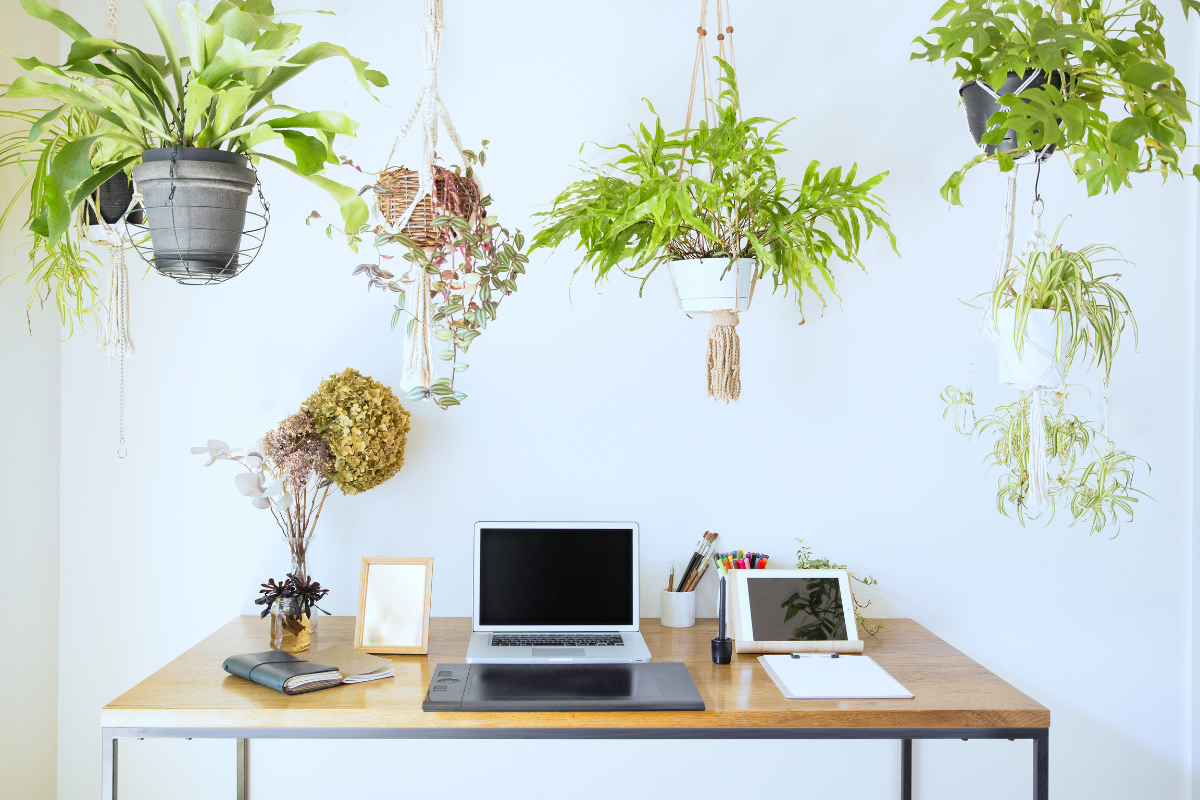
Countless creative ways exist to display hanging plants, transforming your decor. Consider the plant’s visual appeal from below and how its growth shape interacts with the space.
Various heights and arrangements can enhance visual appeal and create a dynamic atmosphere. Hanging plants can fill empty corners, adding color and dimension to your space.
Tiered planters let you showcase multiple plants without occupying much surface area. Draping plants over mirrors enhances aesthetics by reflecting greenery and maximizing light.
Grouping Plants
Grouping different plant species enhances the visual appeal and diversity of your hanging arrangements. Arranging more plants in odd numbers, like threes, is more visually engaging.
Combining plants of different sizes and shapes creates a more organic and natural look. Grouping plants of varying heights and textures creates a more dynamic and lush display.
Using Decorative Hangers
Decorative hangers like macramé add style to your displays while providing support. Macramé hangers support plants and add a bohemian flair to your decor.
These hangers add texture and a decorative touch while securely holding to hang a plant.
Incorporating Other Elements
String lights or pendant fixtures can create an enchanting atmosphere around your hanging plants. Floating shelves can display small plants or store plant care items alongside your hanging plants.
Decorative pots, unique planters, and woven baskets enhance the visual appeal of your hanging plants, adding character to your display.
Summary
Hanging plants from the ceiling is a creative and space-saving way to bring nature into your home. By assessing your plant’s needs, choosing the right hanging method, and installing your system correctly, you can create a stunning and functional display.
Selecting suitable plants and maintaining them properly will ensure they thrive and enhance your decor. With these tips and creative ideas, you’re ready to transform your living room plants into a beautiful hanging garden.
Frequently Asked Questions
What types of plants are best for hanging from the ceiling?
Hanging plants like Burro’s Tail, String of Pearls, English ivy, heartleaf philodendron, and spider plants are great options because they're lightweight and adaptable. They’ll add a lovely touch to your space!
How do I install swag hooks for hanging plants?
To install a swag hook for hanging plants, just screw the clip into place, attach the hook, and then push the clip through the hole in the ceiling before tightening it until it's flush. It's a quick and easy way to brighten up your space with some greenery!
How often should I water my hanging plants?
To keep your hanging plants happy, water them thoroughly when the top inch of soil feels dry, typically in the early morning or late afternoon. This way, you help minimize evaporation and ensure they get the moisture they need!
What light conditions do hanging plants need?
Hanging plants typically need bright, indirect light to flourish without getting scorched. An east-facing window is a great spot to provide them with just the right amount of full sun light.
Can I use adhesive hooks for heavier plants?
No, adhesive hooks typically can only handle lightweight plants, so it's best to use swag hooks or C-clamps for heavier ones. Keep your plants secure with a more suitable method!





